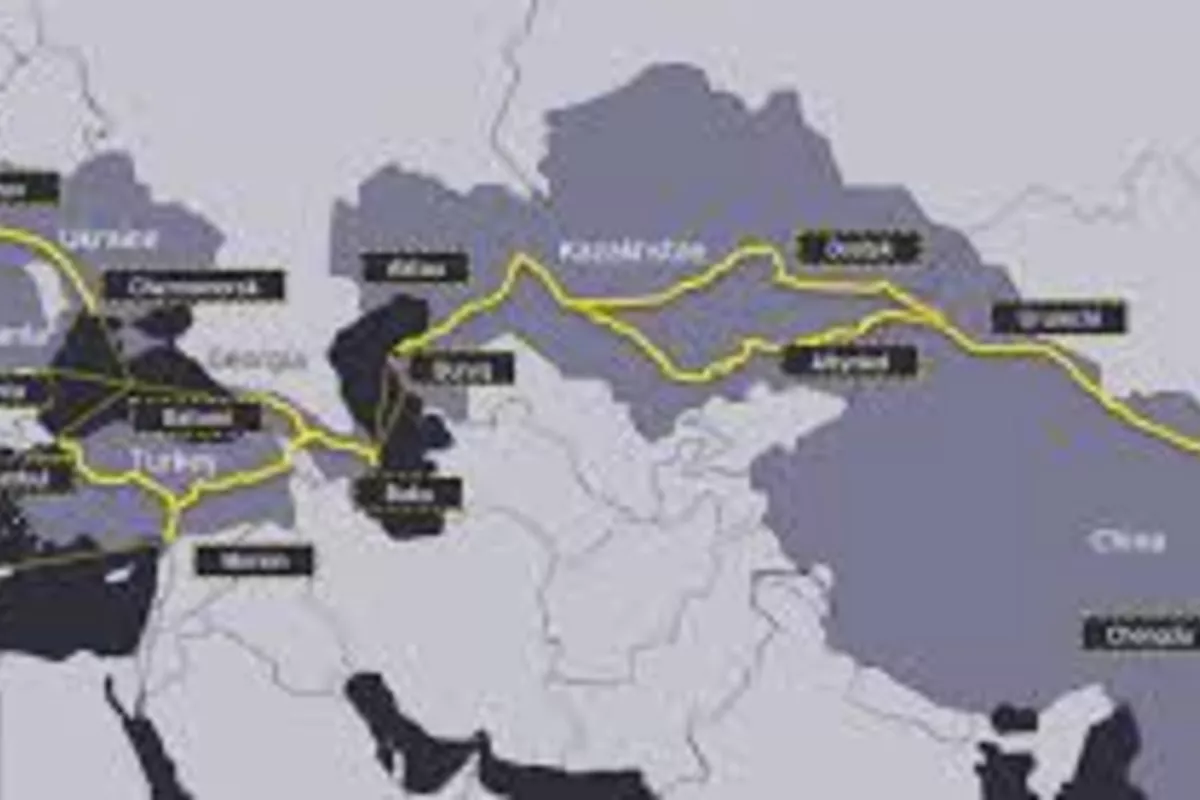
photo: EY
Geopolitical tensions have underscored the importance of alternative trade routes, with the Middle Corridor-the Trans-Caspian International Transport Route (TITR) connecting Central Asia and the South Caucasus-emerging as a key corridor for regional trade.
Transit volumes and investment along the route are expanding rapidly, benefiting Kazakhstan (Baa1, stable outlook), Azerbaijan (Baa3, positive outlook), and Georgia (Ba2, negative outlook), The Caspian Post reports via Moody’s international rating agency.
Moody’s highlights that the development of the Middle Corridor strengthens sovereign credit profiles in the region. The rapid growth of the transport and logistics sector enhances economic prospects and diversifies economies that rely heavily on hydrocarbon exports, particularly Azerbaijan and Kazakhstan. Growing interest from foreign investors is also prompting governments to align institutions with international standards.
While public infrastructure investments increase budget expenditures, Moody’s notes that these costs are largely mitigated by available fiscal space and access to concessional financing.
The banking sector benefits indirectly from corridor development. Analysts explain that “high reliance on short-term funding, particularly in Kazakhstan and Azerbaijan, and the high cost of capital limit banks’ direct involvement in infrastructure financing. However, they profit by lending to subcontractors and related industries.”
Corporate firms and small and medium-sized enterprises (SMEs) are also poised to gain from increased economic activity. Rising transit flows and infrastructure investment support transportation, logistics, and construction companies while opening new markets for exporters.
Kazakhstan’s national railway operator, JSC “Kazakhstan Temir Zholy,” is a primary beneficiary of growing transit due to its strategic location. The company is implementing a large-scale infrastructure program, backed by government measures such as concessional financing and tariff regulation.
Despite progress, Moody’s warns that bottlenecks remain. Limited railway capacity, outdated logistics systems, weak port infrastructure, and differences in customs and regulatory standards continue to constrain the Middle Corridor’s full potential.
Share on social media